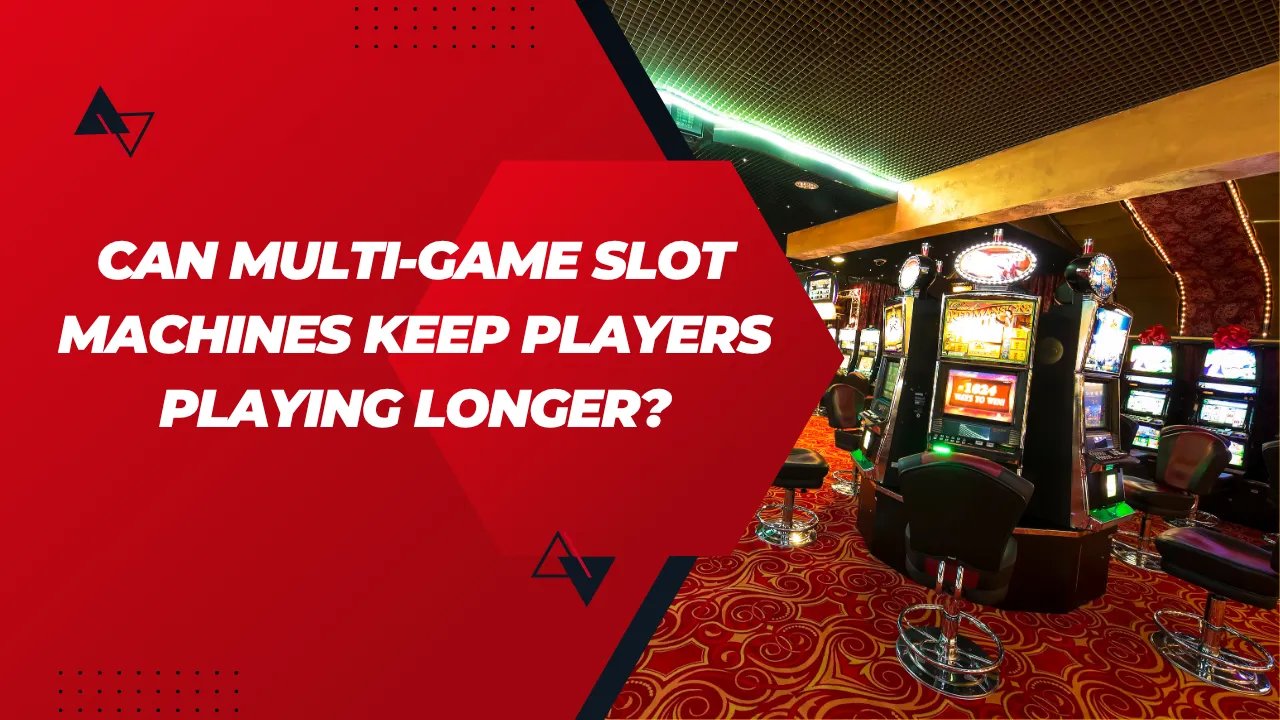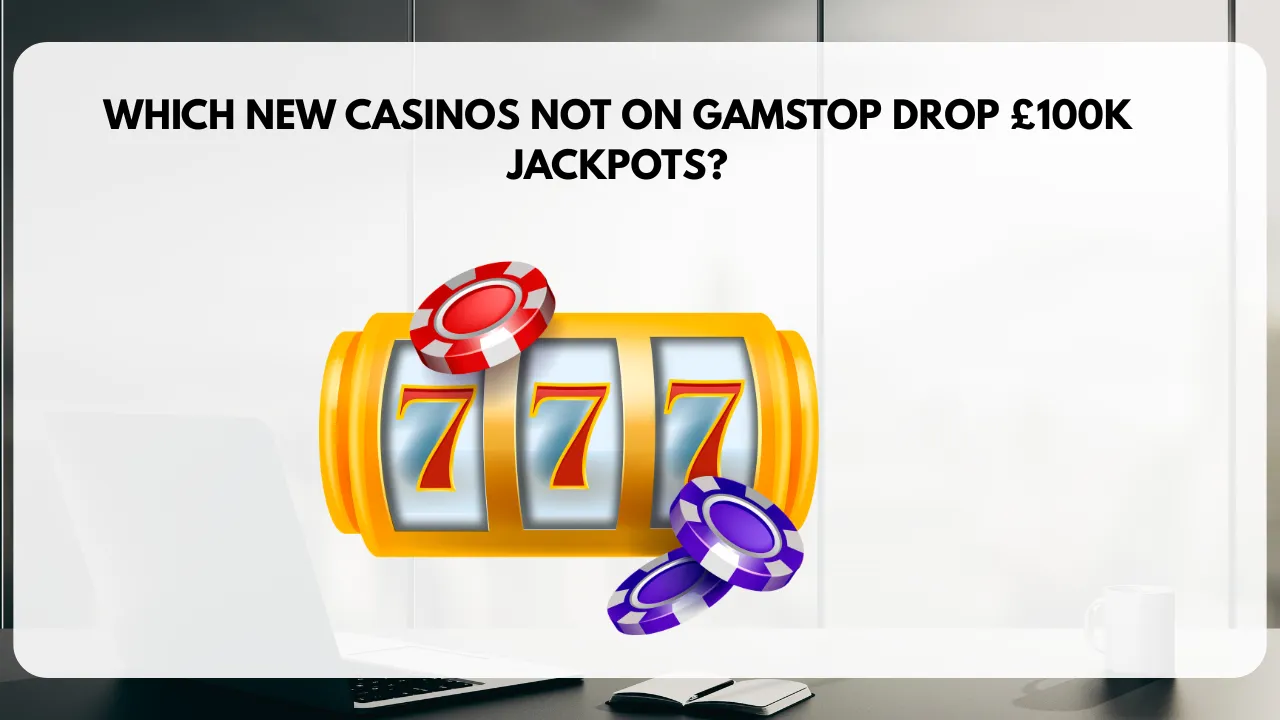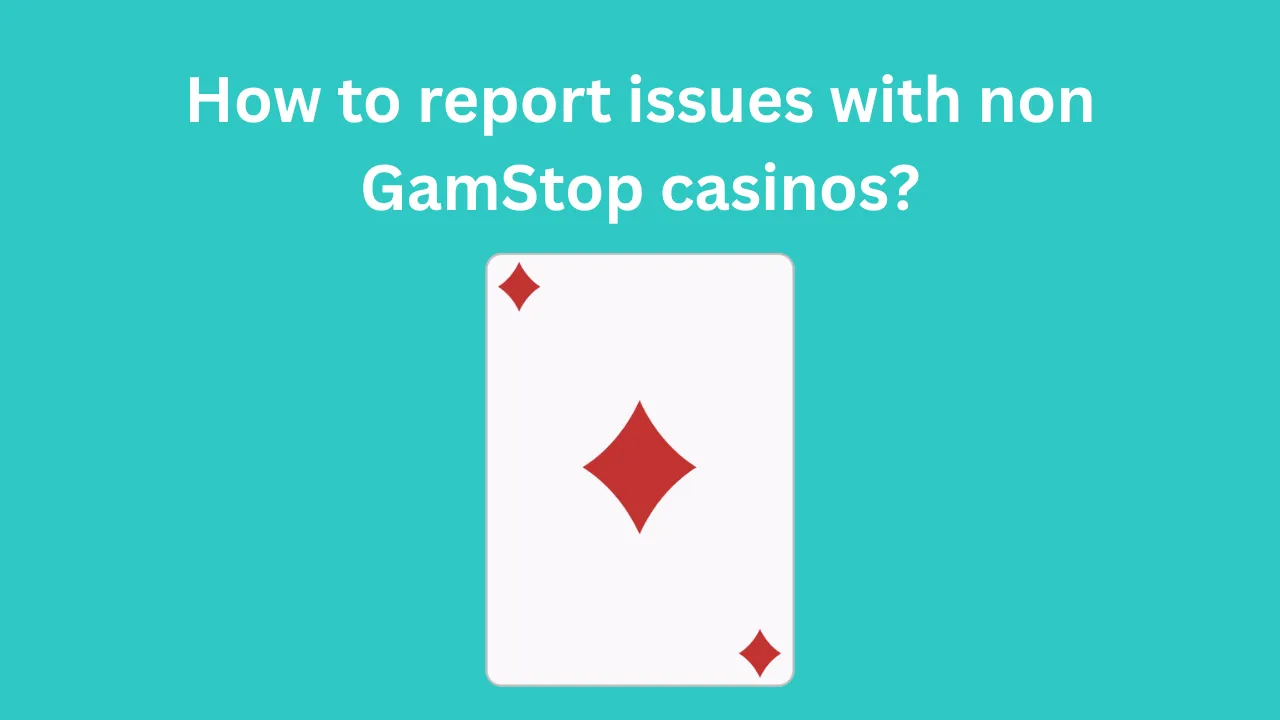Slot machines have always been central to casino floors, but the design and technology behind them are constantly evolving. One of the biggest innovations in recent years has been the introduction of multi-game slot machines. Instead of committing to a single game, players can now switch between different themes, reel structures, and bonus features all on the same machine.
But the key question is whether these machines genuinely keep players engaged for longer, or if the novelty wears off after the first few spins. Having researched player psychology and casino strategies for years, I’ve found that multi-game slots are more than just a marketing gimmick — they’re a carefully designed tool to extend playtime, diversify entertainment, and meet the expectations of today’s digital-savvy gamblers.
Why Casinos Introduce Multi-Game Slot Machines
From a casino’s perspective, keeping players engaged is critical. Traditional single-game machines sometimes suffer from fatigue; if a player doesn’t enjoy the theme or doesn’t feel lucky, they’re likely to walk away. Multi-game slots solve this by offering variety at the touch of a button.
By rotating between different games, players don’t need to leave the machine or change seats, which increases the chances they’ll keep playing longer. This model mimics the convenience of online casinos, where users can easily browse and swap between hundreds of titles without friction. It’s no coincidence that the rise of multi-game slots in land-based casinos parallels the growing popularity of online platforms like the best slot sites for winning uk, where variety is one of the biggest selling points.
Variety as a Tool for Player Engagement
Psychologically, humans are wired to crave novelty. When faced with repetitive tasks, interest wanes quickly, but introducing variety keeps the brain stimulated. Multi-game slot machines are built with this principle in mind.
A player who loses interest in a classic fruit slot can instantly switch to an adventure-themed machine or a game with complex bonus rounds. This quick shift of focus resets the brain’s engagement, giving the sense of starting fresh without ever leaving the machine. Casinos know that this mechanism reduces the likelihood of players walking away.
I’ve personally observed how this works on the floor. While single-game players often stand up after 10–15 minutes, multi-game players tend to stay seated much longer, cycling through options until they find a theme or feature that resonates with their mood at that moment.
The Influence of Game Design and Choice Architecture
Multi-game slots aren’t just about slapping several games into one cabinet. Designers carefully curate the game library, balancing classics with new releases, low-volatility options with high-risk titles, and simple reels with feature-packed progressives.
This balance ensures that players don’t just have options — they have meaningful options. For instance, someone who enjoys steady, low-risk play might start with a 3-reel slot and then shift to a 5-reel game with free spins. Another player might alternate between themed adventures, keeping the experience fresh.
This is essentially “choice architecture,” a concept borrowed from behavioral economics. By offering a structured variety, game developers keep players from feeling overwhelmed while still giving them the freedom to choose, which deepens their engagement.
Multi-Game Slots and Player Psychology
Another factor at play is how multi-game machines tap into psychological reinforcement. When players switch games, they often feel they’re resetting their “luck.” This belief can encourage them to keep playing longer than they would on a single stagnant title.
Moreover, each game typically comes with its own sound design, visual animations, and bonus mechanics. These sensory shifts provide micro-rewards, stimulating dopamine release even when players aren’t winning big. It’s similar to how streaming platforms keep viewers hooked by offering endless options in one place. The convenience and stimulation make it harder to step away.
Do Multi-Game Slots Actually Increase Playtime?
Studies on casino floor analytics suggest yes. Data from operators show that session lengths tend to be longer on multi-game machines compared to single-game machines. Players don’t necessarily bet larger amounts, but they sustain their play for longer stretches.
This doesn’t mean players always win more. In fact, the house edge remains consistent, but the increased time-on-device translates into higher overall revenue for casinos. From a business standpoint, multi-game slots are a win-win: players feel entertained with constant variety, and casinos benefit from extended playtime.
The Online Influence on Land-Based Machines
Online casinos have played a significant role in shaping this trend. Digital platforms normalized the idea of having hundreds of games available instantly. Players now expect this level of choice everywhere, even in brick-and-mortar venues.
Manufacturers of slot cabinets recognized this expectation and mirrored it by developing machines with multiple game libraries. In some cases, modern cabinets even allow players to browse games almost like scrolling through an online catalog, reinforcing the sense that they have endless possibilities at their fingertips.
This convergence between online and offline gaming experiences highlights how player expectations are reshaping the gambling industry. The convenience of variety online directly inspired the flexibility of multi-game machines in casinos.
Responsible Gambling Considerations
While multi-game slots offer entertainment value, they also raise important questions about responsible gambling. Variety can keep players engaged longer, but it also risks making it harder for them to recognize how much time or money they’ve spent.
This is why responsible gaming tools are crucial. Features like on-screen timers, spending limits, and reminders about session length help players maintain control. Many regulators are pushing for these safeguards to be integrated into both online platforms and land-based machines, ensuring that innovation doesn’t come at the expense of player wellbeing.
The Future of Multi-Game Machines
Looking ahead, multi-game slots will likely become even more sophisticated. Integration with digital wallets, touchscreens, and personalized profiles will allow players to save favorites, set preferences, and even receive tailored game recommendations.
We’re also seeing early experiments with skill-based features and hybrid games, blending slot mechanics with video game elements. These innovations could further extend playtime by appealing to younger generations who crave interactivity and challenge.
The future of slot machines is not about sticking to one theme but about creating ecosystems of choice, where players are constantly engaged and entertained. Multi-game slots are just the beginning of that evolution.
Conclusion
Multi-game slot machines have proven to be more than a passing trend. They align with human psychology, casino economics, and player expectations in a way that single-game cabinets no longer can. By offering variety, reducing fatigue, and creating a sense of fresh starts, they keep players in their seats longer and make gambling feel more dynamic.
As with all innovations, balance is key. For players, the goal should be to enjoy the entertainment responsibly, making the most of the variety without losing sight of time or budget. For casinos, the challenge will be to innovate responsibly while ensuring safeguards are in place.
One thing is clear: multi-game slots are reshaping how we think about slot play. They’re not just keeping players entertained longer — they’re redefining what it means to play slots in the modern era.




